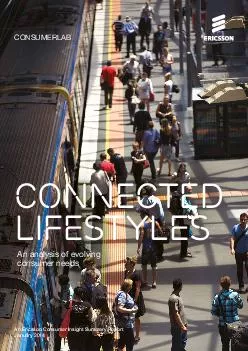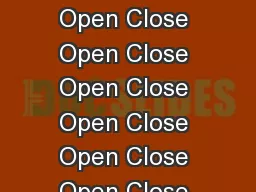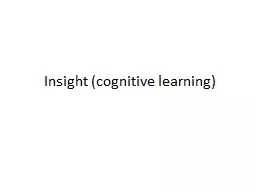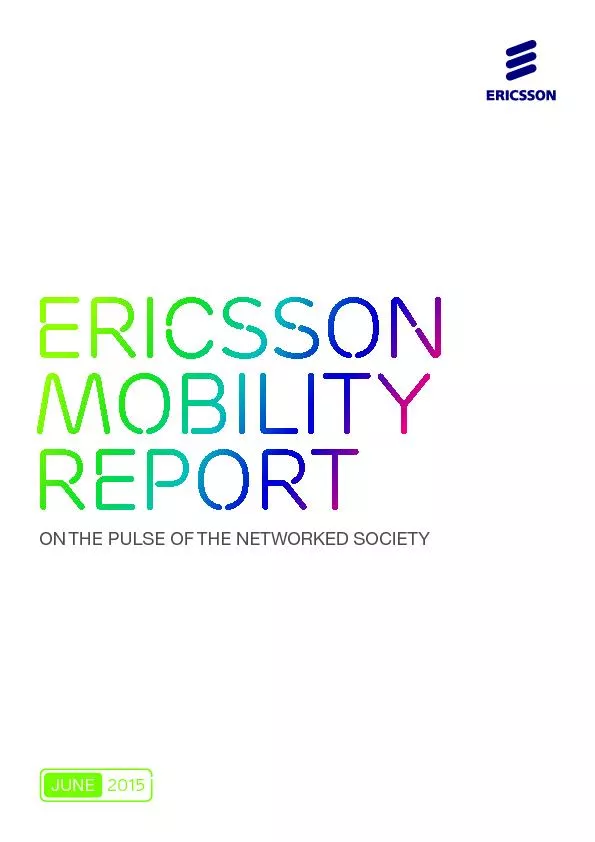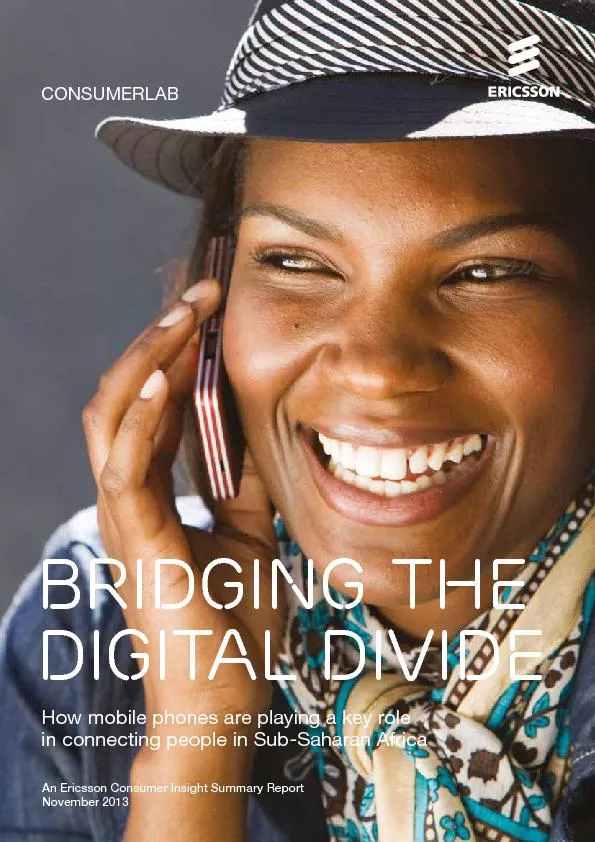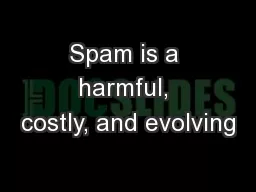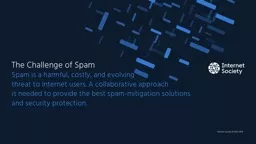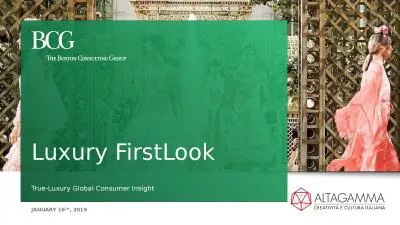PDF-CONSUMERLAB CONNECTED LIFESTYLES An analysis of evolving consumer needs An Ericsson Consumer
Author : tatiana-dople | Published Date : 2015-03-10
Ericsson ConsumerLab provides unique insights on market and consumer trends Ericsson ConsumerLab gains its knowledge through a global consumer research program based
Presentation Embed Code
Download Presentation
Download Presentation The PPT/PDF document "CONSUMERLAB CONNECTED LIFESTYLES An anal..." is the property of its rightful owner. Permission is granted to download and print the materials on this website for personal, non-commercial use only, and to display it on your personal computer provided you do not modify the materials and that you retain all copyright notices contained in the materials. By downloading content from our website, you accept the terms of this agreement.
CONSUMERLAB CONNECTED LIFESTYLES An analysis of evolving consumer needs An Ericsson Consumer: Transcript
Download Rules Of Document
"CONSUMERLAB CONNECTED LIFESTYLES An analysis of evolving consumer needs An Ericsson Consumer"The content belongs to its owner. You may download and print it for personal use, without modification, and keep all copyright notices. By downloading, you agree to these terms.
Related Documents

